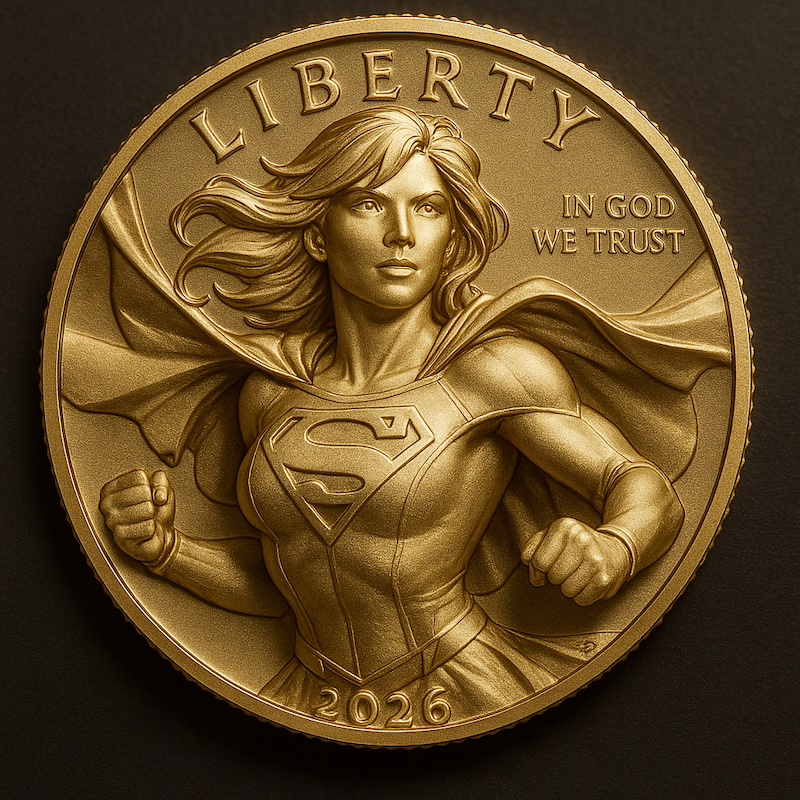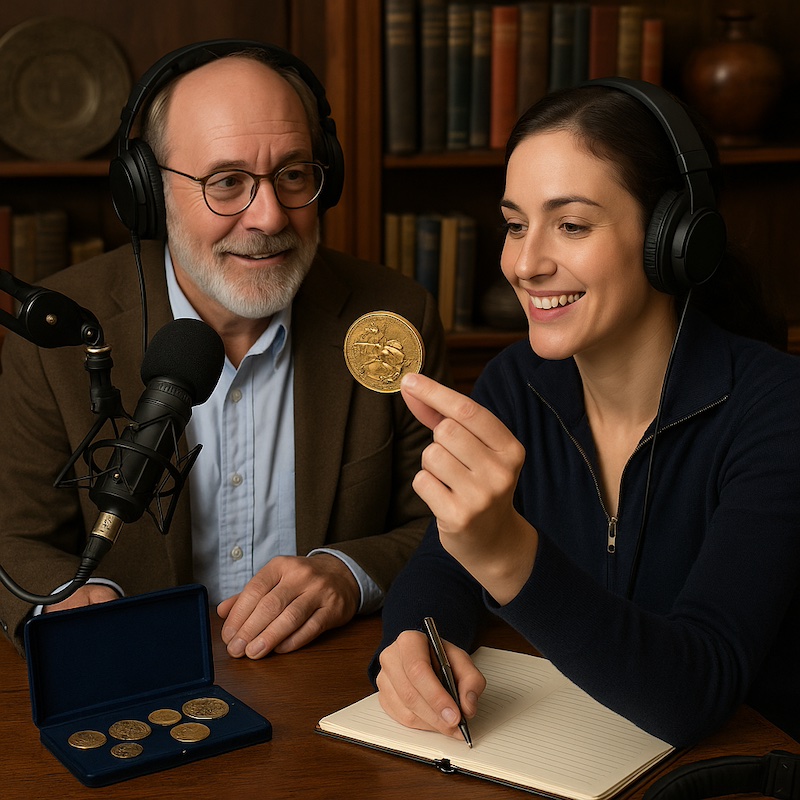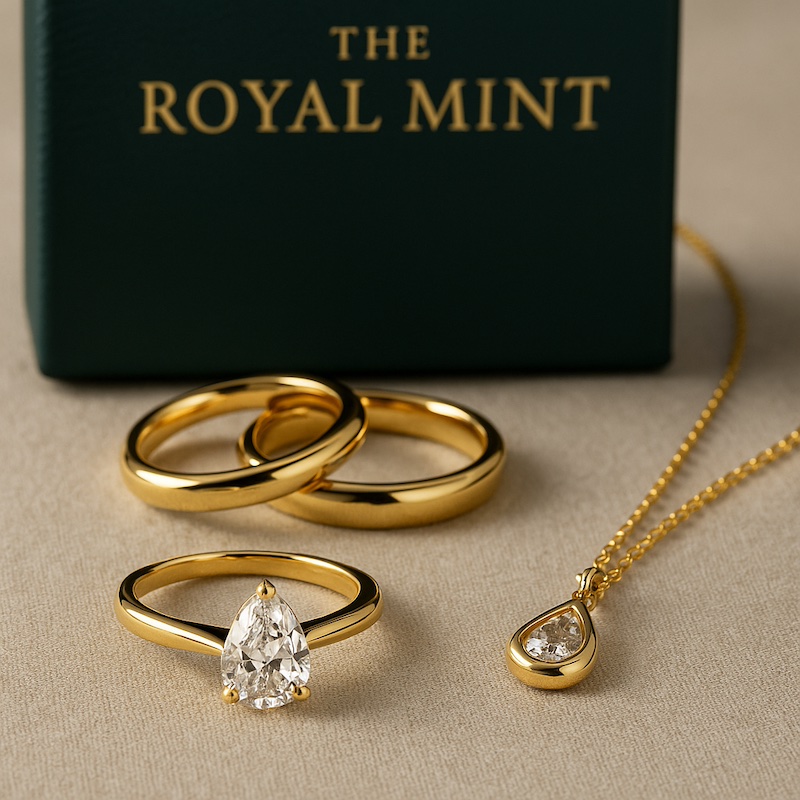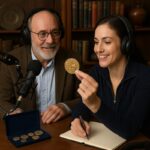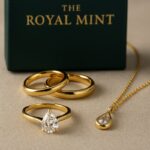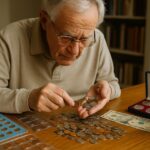Error coins have been minted incorrectly due to various mistakes in the minting process. These errors can make coins rare and, consequently, valuable to collectors. Collecting error coins requires understanding the types of errors, the minting process, and the market for these coins.
Common Error Types
Based on the nature of the mistake, error coins can be categorized into several types. Understanding these types is crucial for collectors.
- Planchet Errors occur when the coin blank (planchet) is flawed. Examples include clipped planchets or those of the wrong metal composition.
- Die Errors result from imperfections in the die used to strike the coin. Common die errors include doubled dies, die cracks, and die clashes.
- Striking Errors happen during the actual striking process. Examples include off-center strikes, broadstrikes, and multiple strikes.
Identifying Authentic Error Coins
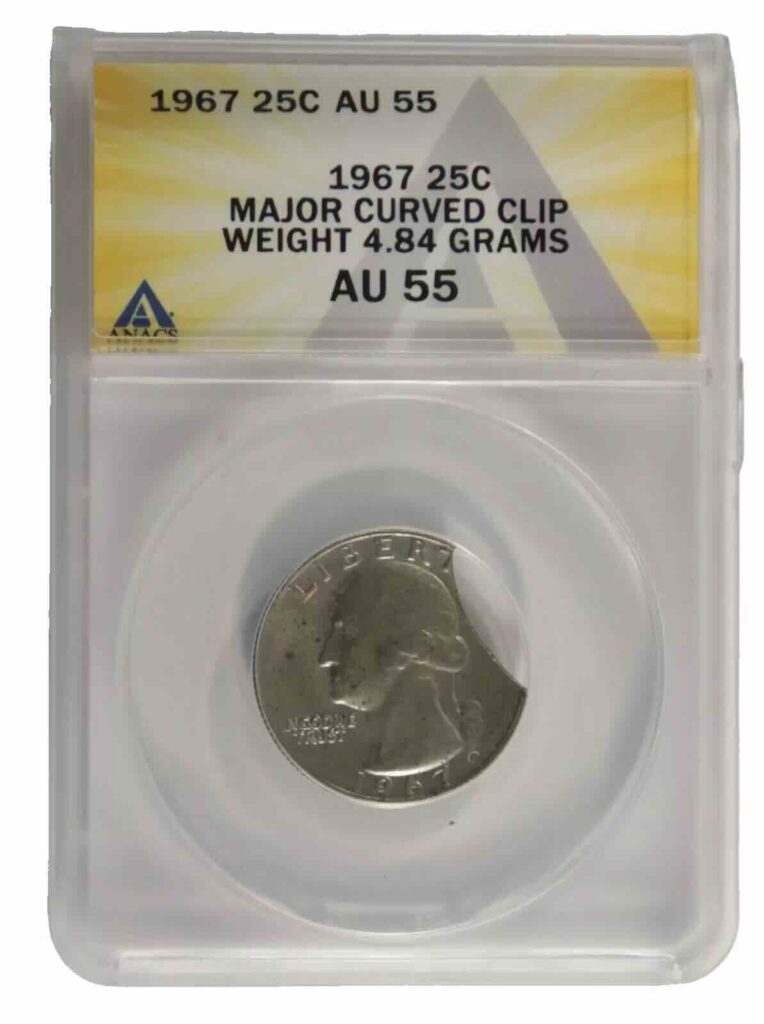
Counterfeit or misrepresented “error coins” have become increasingly common on online marketplaces, where unscrupulous sellers advertise everyday coins as rare mint mistakes and list them at outrageous prices. In most cases, the supposed “error” is post-mint damage: scratches, gouges, bending, or other forms of wear that can occur during circulation. Unfortunately, many new or inexperienced collectors are drawn in by claims of exclusivity or potential high resale value and end up paying far more than the coins are worth.
To safeguard against such counterfeits, collectors should learn about the minting process and what genuine errors look like. Subtle clues often distinguish an authentic mint mistake from post-mint damage. For example, a legitimate double die error typically shows a distinct doubling of the design elements with sharply defined outlines, whereas machine or circulation damage creates irregular or smeared surfaces. Research is key: consult numismatic books, reputable online resources, and expert opinions.
Moreover, serious collectors should consider professional authentication, such as third-party grading services (e.g., PCGS, NGC, ANACS). These services rigorously examine a coin, confirm its authenticity, and assign a grade. Ask sellers for detailed documentation, including high-resolution photos and any existing certifications, if possible. By employing these precautions and maintaining a healthy dose of skepticism, collectors can avoid falling prey to counterfeit “error coins” and confidently build their collections.
- Grading Services: Professional Coin Grading Service (PCGS) and Numismatic Guaranty Corporation (NGC) are reputable services.
- Documentation: Provenance and mint records can aid in authentication.
Valuing Error Coins
Determining a fair value for error coins begins with understanding the factors influencing their worth. First and foremost is rarity: some errors, such as off-center strikes or missing elements, occur infrequently and thus command higher prices.
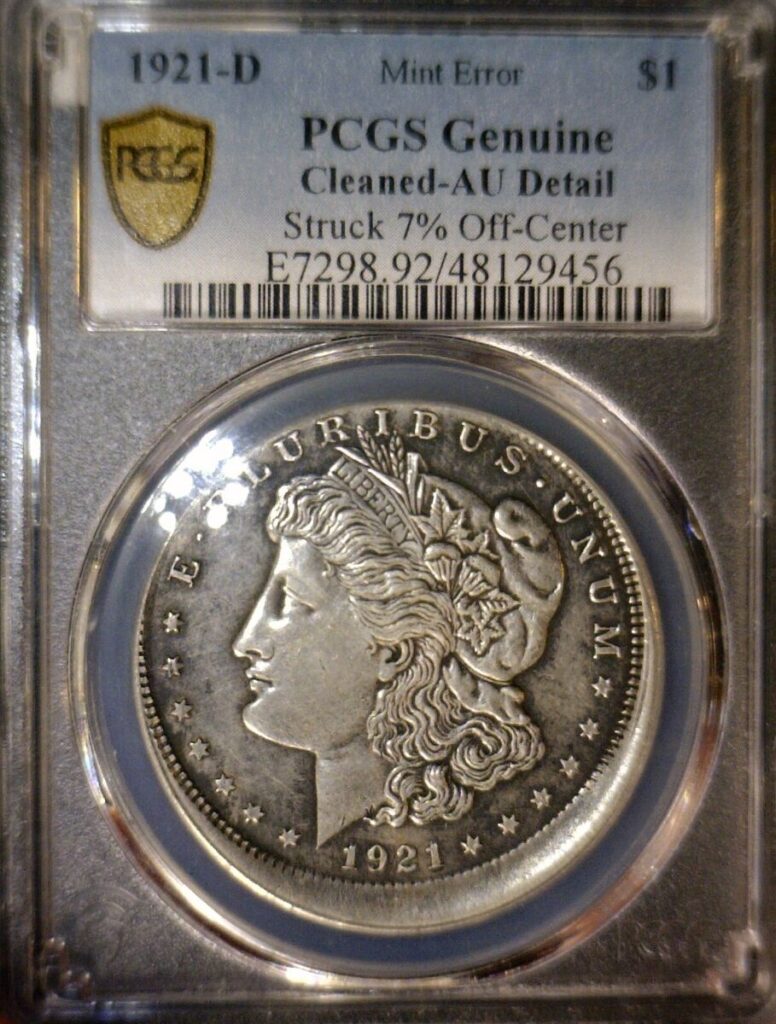
Next, demand plays a critical role: specific errors or series with dedicated collector bases may see more competitive bidding at auctions, driving prices higher.
Finally, the type of error can significantly affect value: a well-documented “double die” error or a dramatic off-center strike usually generates more interest than minor or barely discernible flaws.
To establish a baseline for fair pricing, collectors should look at historical auction results and reputable numismatic price guides or resources.
Platforms like Heritage Auctions, Stack’s Bowers, and other well-known marketplaces regularly publish hammer prices, which can help gauge a coin’s current market range.
Monitoring auction trends and staying informed through online numismatic forums, social media groups, and dedicated publications can also provide insight into shifting collector preferences and price fluctuations. By combining these strategies—examining rarity, demand, error types, and historical sales—collectors can arrive at a more accurate valuation for error coins.
- Rarity: The fewer coins with a specific error, the more valuable they may be.
- Demand: Popularity among collectors can drive up prices.
- Condition: Coins in better condition typically fetch higher prices.
Resources for Collectors
Numerous resources are available for collectors interested in error coins. Below are some valuable references:
- Professional Coin Grading Service (PCGS)
- Numismatic Guaranty Corporation (NGC)
- Coin World
- United States Mint
Conclusion
Collecting error coins can be rewarding for those willing to invest time in research and authentication. Understanding the types of errors and utilizing available resources will help build a valuable collection.
